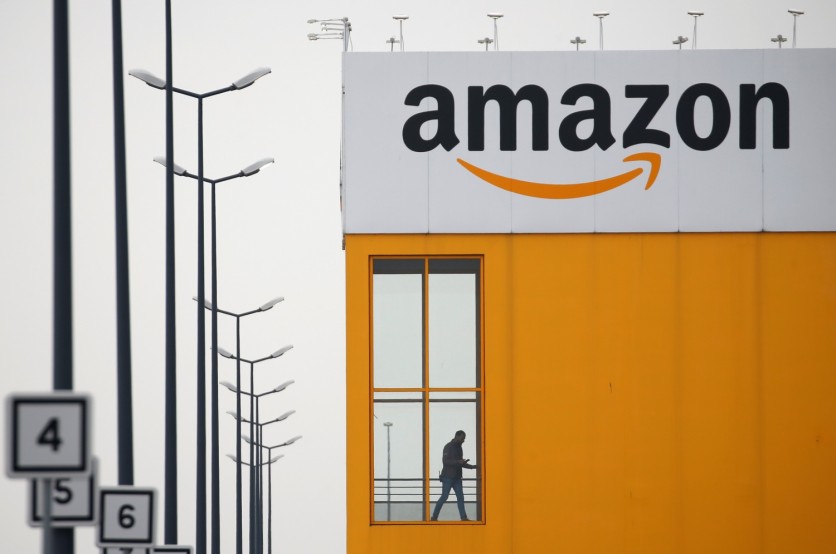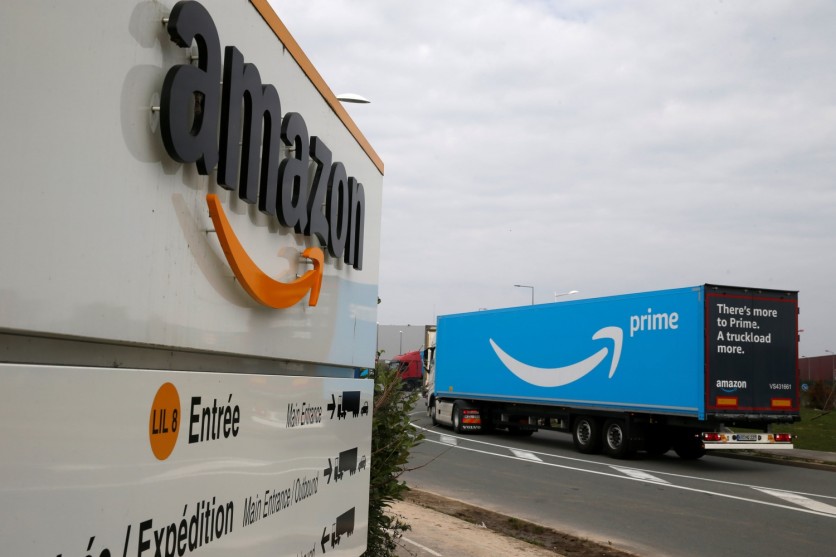
Do you believe that shopping is more eco-friendly compare to going to malls? If so, think again. Researchers say going to a physical store rather than making purchases online makes you more eco-conscious.
The study, uploaded in the American Chemical Society's Environmental Science & Technology journal, claims that shopping in physical stores creates lesser greenhouse gas emissions.

Buying 'few' items per buy online make more carbon footprint
The main reason, according to the study, is due to how people remain online. Many people often buy objects online - but they only purchase a few items per buy.
Sadegh Shahmohammadi, the study co-author, explained to CNN that users aggregate purchases in a single bulk purchase when shopping in a store.
Shahmohammadi, who is also a Ph.D. student in Environmental Science at Radboud University in the Netherlands, said frequent online purchases produce more packaging waste. He added online items tend to return from exclusive distribution centers. Both factors result in more greenhouse gas emissions per object, said Shahmohammadi.
The team analyzed the carbon footprint of the "last mile delivery" for the typical type of shopping channels in the United Kingdom. These include the physical stores, "brick & clicks" (when people order online, and a physical store delivers the items to them), and "pure players" (strictly online sellers).
The study confirmed that total greenhouse fuel footprints per item purchased had been higher from physical stores compared to the bricks & clicks purchases by 63 percent. But the data is lower than those of pure players in 81% of shopping events in the United Kingdom in shopping events.
In the United States, the study said greenhouse gasoline emissions from buying at physical shops are also higher than those from the brick & click and lower than the purely play channel.
Shahmohammadi said the pattern holds in countries where humans use their cars in most cases. However, he clarified the situation depends on the country and consumer behavior.
Walmart vs. Amazon
Walmart, the world's biggest retailer, employs all three retail stores to serve its clients on its website. That is more than 4,700 shops in the US and its brick & click.
In a 2017 business report, Walmart said its customers' lives and purchase patterns are "dynamic." It added customers' purchasing habit depends on the situation. The retail corporation noted that clients either sprint to the store to purchase last-minute items or wait for delivery guys to bring it to the client's doorstep.
The giant retailer claimed it has substantially studied the greenhouse fuel emissions implications of all three retail channels and has efforts in location to curb them. Amazon said it acquired electric vehicles at more than 100 of its store locations to lessen emissions from its global delivery chain.
Amazon, the world's largest online retailer, said sustainability is an ongoing commitment at the agency. Last year, Amazon CEO Jeff Bezos announced an extensive plan to fight climate change.
As a part of that agreement, the retailer stated it has ordered 100,000 new electric transport motors and plans to start the usage of them in the last mile shipping of packages to clients by 2021. It expects 10,000 of them to be on the road inside the subsequent two years and all in operation through 2030, "saving millions of metric heaps of carbon in line with year."
ⓒ 2025 TECHTIMES.com All rights reserved. Do not reproduce without permission.




